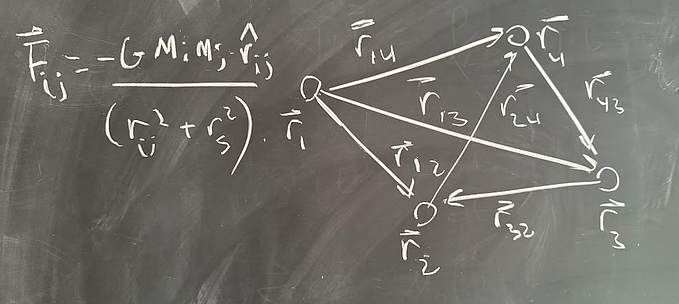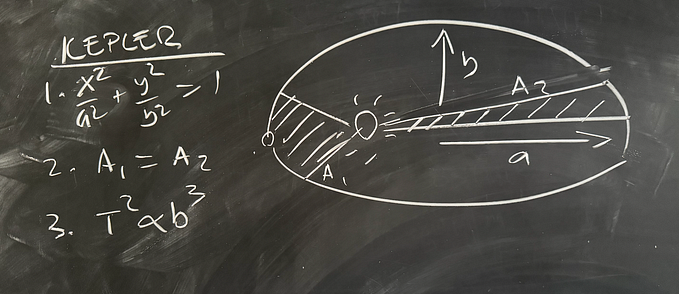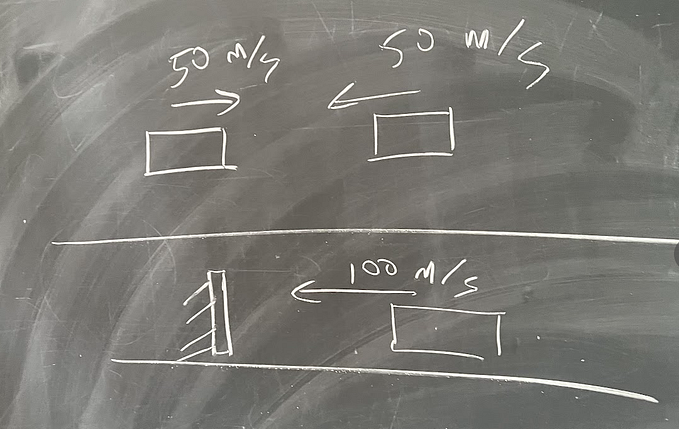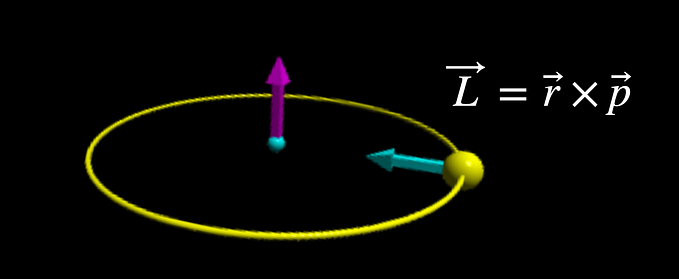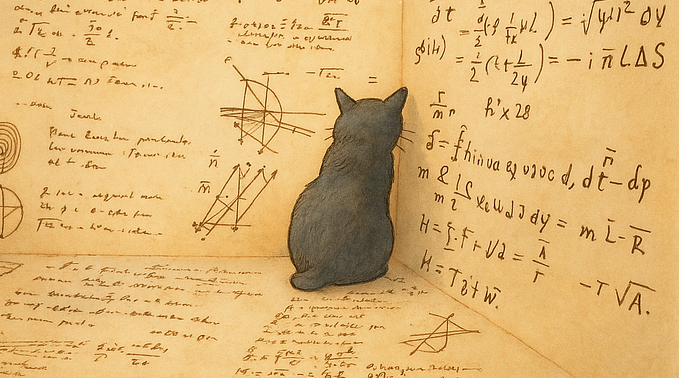Member-only story
Classical Mechanics: Using Potential to Find Stable Equilibrium

In classical mechanics, it’s sometimes easier to look at a problem from a different perspective. I’m going to show you a situation in which we can figure out the motion of a system using its potential energy.
In the figure above, you can see our problem. We have a massless and frictionless wheel (you can order these at Physics R Us store online). There is a mass (m1) connected to the rim of the wheel and then there is another mass (m2) with a string wrapped around the wheel. I guess it’s a pulley, not a wheel. Whatever.
Now we have tw0 questions:
- Are there any configurations in which this setup is in equilibrium?
- Are there are any stable equilibrium positions?
Let’s get to it.
Potential Energy Function
Trust me on this one, the first thing we need is to get a function for the potential energy. Perhaps you can see that this is a one dimensional system — meaning that we could describe the orientation of the two masses with just one variable.
In this system, we just have the gravitational potential energy of the two masses (m1 and m2). In general, the gravitational potential energy for a single mass can be modeled as:
Of course since we really only deal with changes in potential, we need a reference point where the potential is zero Joules. From the chalkboard picture above, I’m going to pick the bottom of the wheel as y = 0. As the wheel turns, we should be able to get the potential energy as a function of the angular position (θ).
For mass 1, it’s potential energy would be:
Notice that this potential is always positive since it’s always above y = 0. The other mass has a starting position y0 and as θ increases, this moves down.
Notice that y0 could (and probably is a negative number) so that this potential is negative. Putting this together gives the total potential:
Just for fun, let’s make a plot of the potential as a function of θ. I’m going to use m1 = 200 grams and m2 = 100 grams with a wheel radius of 5 cm.

